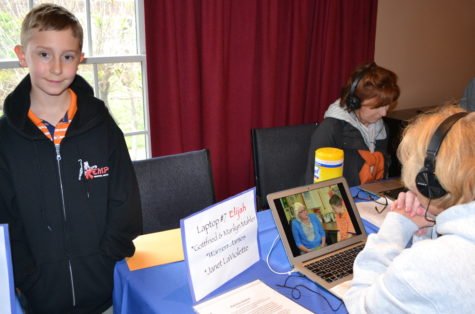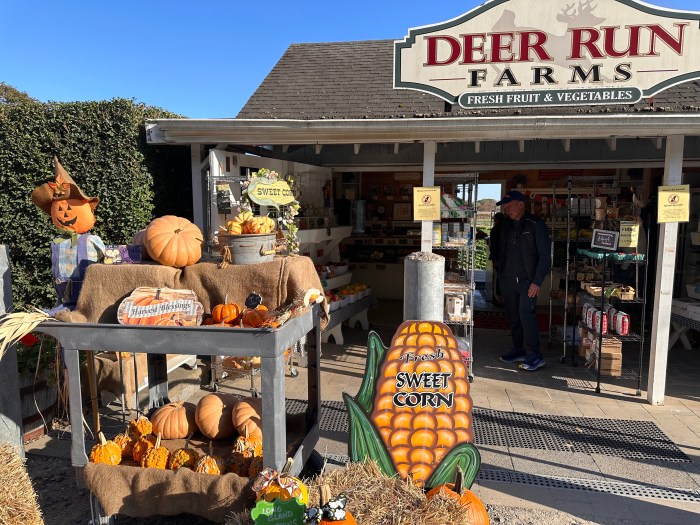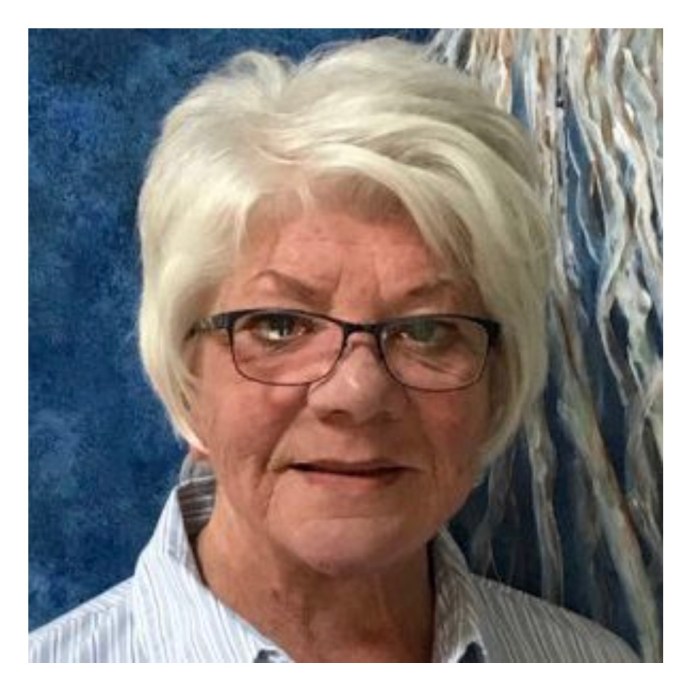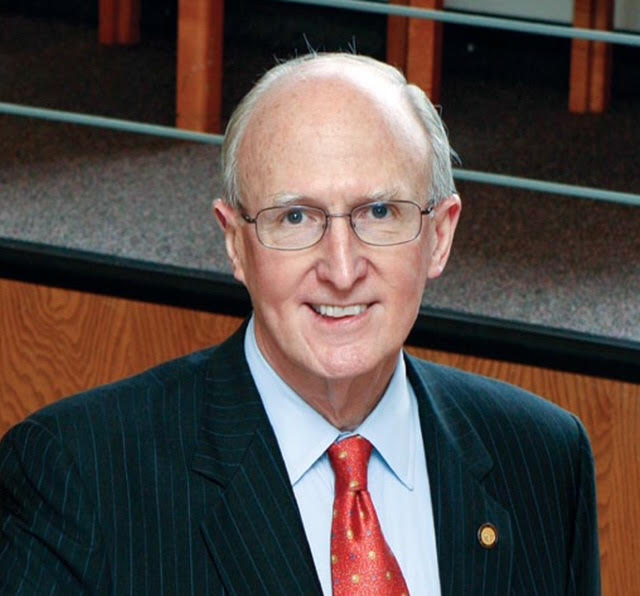where they wore headphones to view the creations on the school’s Macintosh computers.
The oral history project incorporated visual and virtual aspects thanks to Debbie Gerken, the school’s Technology Integration Specialist. The project leader guided the students in their movie making, which included vintage photos and music as well as video taped interview clips. She thanked the interviewees and the Board of Education, and also expressed gratitude for the Ocean Beach Historical Society, which complemented the event with an open door to their current “Greetings from Fire Island…Postcards from the Past” exhibit.William F. Herrnkind flew all the way from Florida to attend the festivities. He became involved in the project while in the process of writing “An Unusual Childhood: A Memoir of Growing Up on Fire Island.” (Release pending.) After Dr. Herrnkind reached out to Ms. Gerken, memories and emotions were stirred when one of the participant’s names shared was a former best buddy, Bartley Horton.
Herrnkind and Horton then reunited via Skype, reminiscing about mischief making while in class with teacher Richard Woodhull, whom the school is now named for. (Mr. Wood- hull, also a long-term principal, was the son of Mina A. Woodhull, who founded the school in 1918.)
Herrnkind later became a marine biologist, and then a teacher. “I sup- pose my days meandering the beach after school had a lot to do with it,” remarked the now retired professor at Florida State University. He reminisced of his fascination with the ocean. He said he would wonder, “where did this come from?” when viewing sea life wash onto the shore. A love of the natural surroundings was shared by his father, too, who served a superintendent of Fire Island State Park, now Robert Moses State Park.
The students enjoyed hosting long-time Fire Island residents at their school as well as visiting one at his home for an interview, according to Gabrielle Donovan, their teacher. “I really enjoyed doing the Skype interviews,” said student Elizabeth Elton. Elizabeth explained that the students were given a list of questions, such as inquiry into their most memorable moments and when they arrived on the Island, but they tried to elaborate as much as possible. “I found the interviews interesting,” said Maya Perez, another sixth grade student.
Archived interviews from past years were on display too, include that of Walter C. Reich from 2007. “My brother and I started the first beach taxi business from Cherry Grove in 1947 using Model A Fords,” he said. “My family began summering in Cherry Grove in 1929 and built their first in 1933,” said Mr. Reich,“I have spent at least a portion of each of my 75 years on Fire Island.”
Other recognizable careers of past long-term residents included local government positions as well as businesses still run on the island today by their descendants. The elder project teaches young minds the importance of the island’s local history, while the community at large also benefits from the documented historical treasure.
































